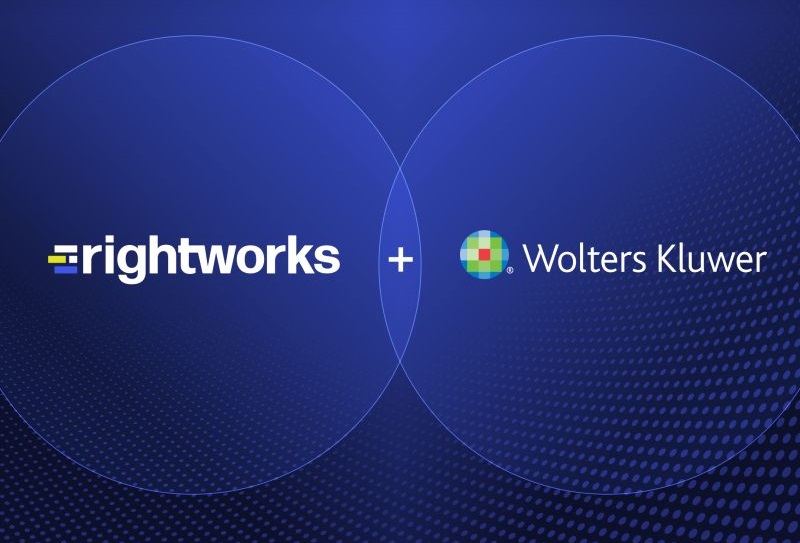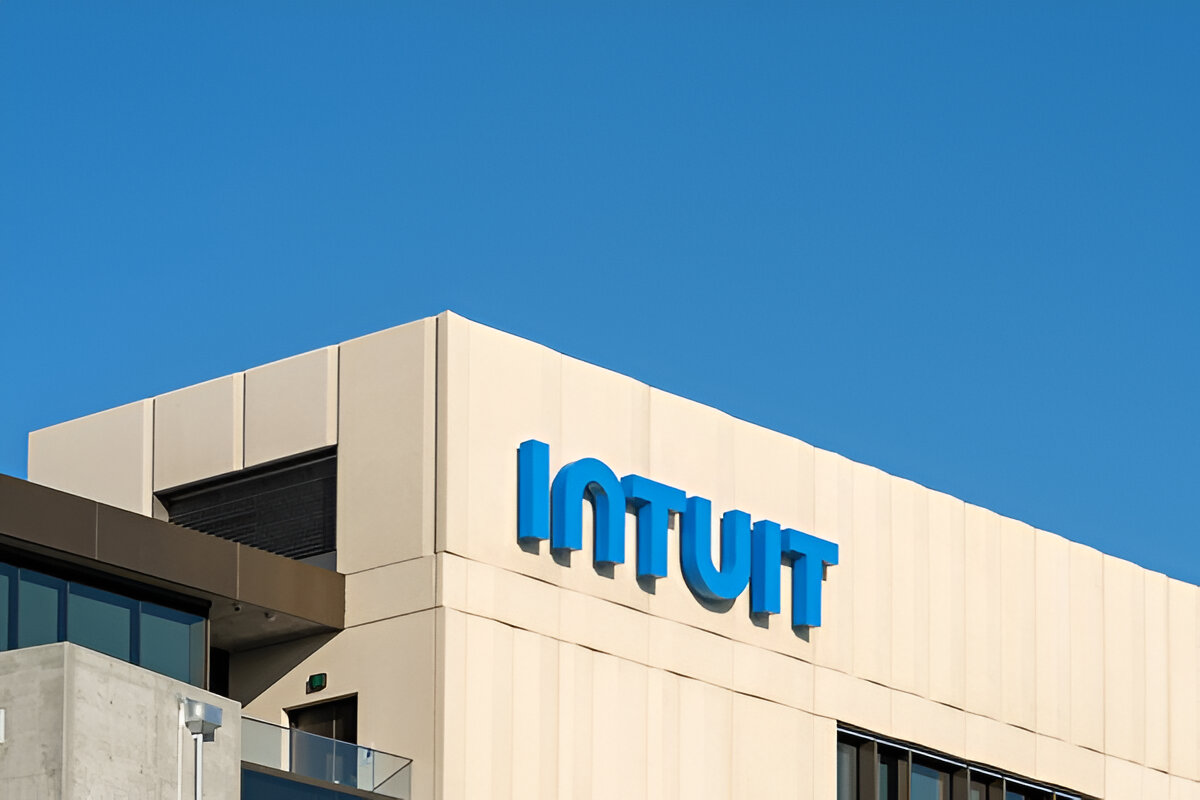From the July 2012 Issue.
I’ve been in the technology arena for about 20 years. In this time, of all of the advances I’ve seen in both personal and professional technologies, the concept of mobility has been the driving force behind the major changes. The movement to the cloud has had many names over the past decade: Web 2.0, SaaS, web-based services, net-native programs, etc. But whatever you call it, the coming mass adoption of cloud-based business solutions will have the biggest effect on our work and business lives since computers themselves were first installed on desktops back in the 1980s.
Note, that I said “the coming mass adoption,” since we aren’t really there yet. While the early adapter stage is long past, particularly with accounting programs such as NetSuite, Intacct, BizAutomation and even QuickBooks Online, some of which have been offered in fully online forms since as long ago as 1998. Even professional tax and accounting systems have been available in web-only forms for about the same time, the prime example being the GoSystem RS tax suite from Thomson Reuters, which proves that it isn’t necessary to give up functionality for the utility of the web. In fact, GoSystem RS generally receives the best ratings in our reviews of advanced tax systems, making it essentially the Rolls Royce of professional tax compliance.
Despite some of these online professional and business-focused tax and accounting systems being on the market for more than a decade, and many now boasting tens or hundreds of thousands of users, the challenge in converting businesses and professional accountants to web-based services has been one of proving utility and security.
As far as security of SaaS services goes, we’ve discussed the topic numerous times and so have top industry analysts and watchdog groups. The plain truth is that web-based programs are safer than programs and data housed on desktops, laptops and servers in an office. Safer from hardware failure like crashes, safer from disasters like fires and floods, and safer from theft.
Proving utility is another subject, however. Those who’ve already embraced cloud-based systems for some aspects of their businesses or personal lives all pretty much attest to the convenience, but those who have been reluctant are wanting proof of more than just “it’s cool and easy,” they are looking for examples of how these systems are better than the in-house legacy programs they are already using.
In some cases, of course, business owners and professionals are just trying to avoid change and having to learn something new, but that strategy never works in the long run. And so, even with a decade of serious study, reporting and anecdotal evidence showing the benefits of SaaS-based systems, there are many holdouts, and the period of true mass adoption has yet to sweep in. But look for that to change very soon.
The surge has been building for the last few years, especially as web-based programs have become available for virtually all areas of work, business, finance and communications that were traditionally performed using programs that were installed on computers or servers. Some say the move toward the cloud started with web-based email services, but it actually started prior to the boom of the PC. It was the mass adoption of the ATM debit card in the late 1970s and early 1980s that gave most Americans their first taste of remote access to financial management. No longer was it necessary to go to an actual bank branch, instead you could just use a card in a machine that remotely linked to the bank’s computers.
A decade or so later, the internet revolution brought us hosted email and then business productivity systems arrived. Once again, these various web-based staples have succeeded only after years of skepticism by users, until eventually even the biggest technology curmudgeons adopted email and social media.
That time is finally upon us for truly mass adoption of cloud/SaaS business systems because of two factors:
- They’ve been tried and tested for a decade or more, and even non-believers have had at least some occasional interaction with them, whether for paying bills online, checking account statuses or other minor functions.
- The market is demanding it. As younger, more tech savvy people enter leadership roles within accounting firms and on the business side, they are expecting to have anytime access to data, whether that information is internal work product or from those they do business with. Likewise, the customers of these businesses are expecting more mobility, including online account access and mobile payment capabilities.
Technology vendors like Bill.com and Avalara recognized this early on, knowing that once the next generation of professionals was in charge, that they’d move toward systems that are critical to the day-to-day essentials of running a business, and that offered the benefits of the cloud. Bill.com with its automated online payables and receivables management system, takes most of the work out of keeping track of paying vendors and getting paid by customers.
For Avalara, it was finding a way to do something that is virtually impossible, overwhelmingly time consuming and penalty prone to do with an installed system. Avalara developed a web-based program that integrated with sales and accounting systems to provide instant sales tax rate lookups and also cross referencing against a database of taxability rules and regulations for all jurisdictions across the U.S. Both of these companies are poised to take off as the general small and mid-sized business market finds the benefits of SaaS.
For accounting firms, the biggest benefits from SaaS will come from not only from their own staff having total access to firm and client data while away from the office, but from their clients adopting web-based business management systems. With SaaS solutions like Xero, FreshBooks, Wave and Brightpearl offering secure online business management, as well as small business solutions from accounting vendors such as Thomson Reuters and CCH, professional accounting firms will have direct access to live data, reducing data entry and errors, and allowing them to provide more accurate reconciliations and write-up services, as well as day-to-day assistance to their clients, also known as virtual CFO services.
With professional SaaS systems being used inside the firm, professionals will also strengthen their client relationships by having built-in collaboration tools such as portals and communications, allowing them to more easily send and receive files with clients, who also benefit from the anytime access.
After more than 14 years, the cloud has finally moved from being a beneficial platform, to an essential competitive function for businesses and firms of any size.
Thanks for reading CPA Practice Advisor!
Subscribe Already registered? Log In
Need more information? Read the FAQs
Tags: Small Business, Technology




